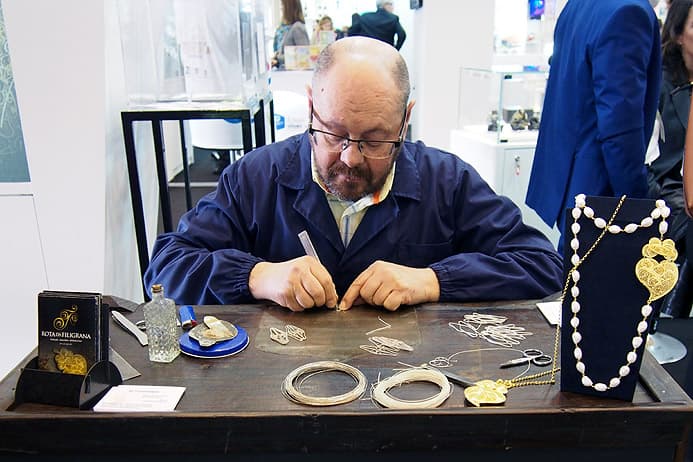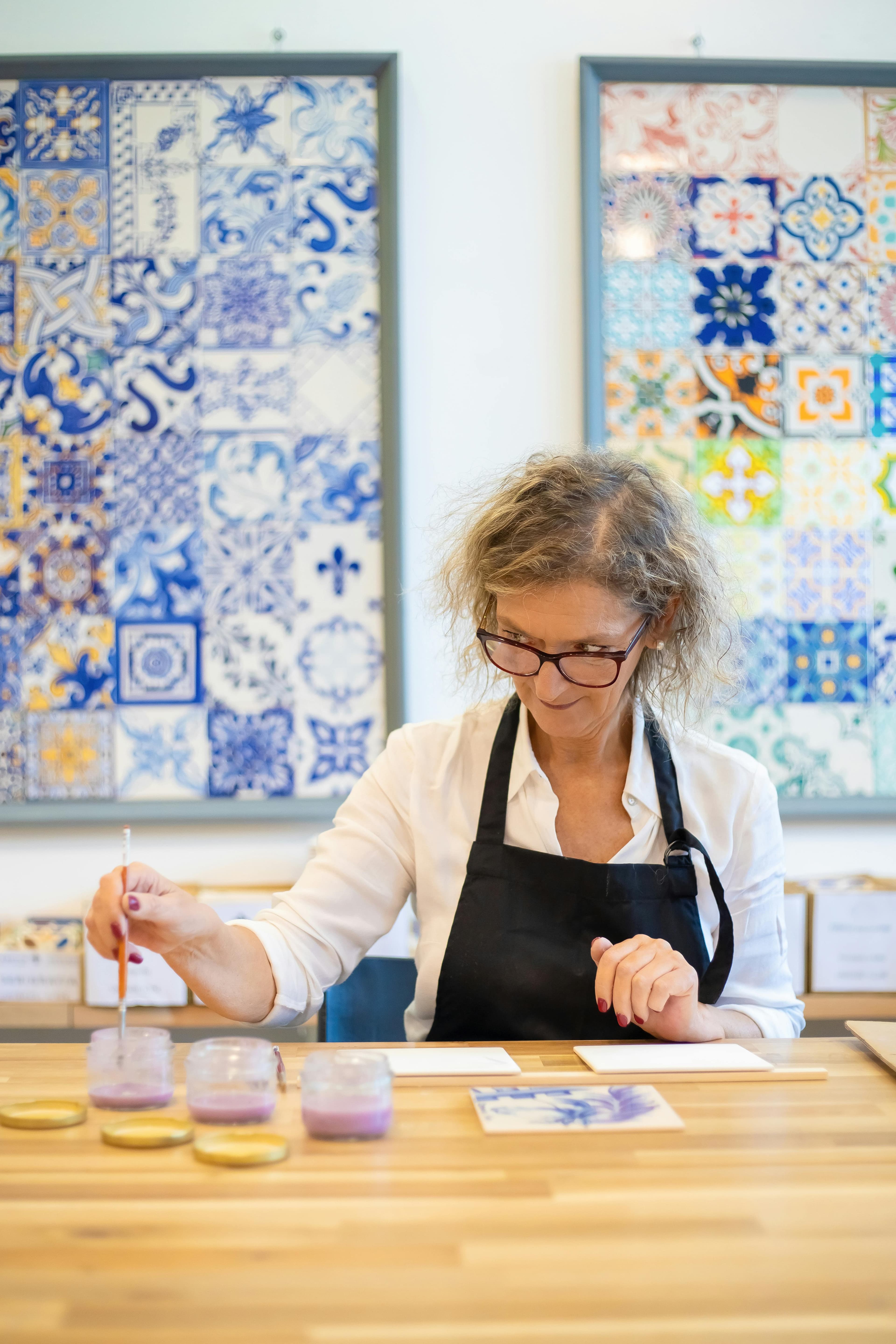
The town of Estremoz, situated in the heart of Alentejo, is renowned for much more than its castles and striking white marble! It is home to an ancient craft: traditional pottery. This millennia-old art, passed down through generations, reflects the history, creativity, and expertise of local artisans. From the reddish clay to delicately decorated pieces, each pottery item tells a story and embodies the soul of the region.
An Ancestral Craft
Pottery in Estremoz dates back several centuries. Artisans in the region have mastered the use of local natural resources, particularly the rich, malleable clay that allows them to create pieces that are both durable and highly aesthetic. This tradition has been preserved through generations, with many techniques remaining largely unchanged since the Middle Ages.
Each potter knows the clay intimately: when it is ready to be shaped, how to mould it, and how to fire it to create lasting pieces. Pottery is not merely utilitarian; it is a testament to human ingenuity and the close relationship between people and nature over the centuries.
Techniques and Creation
Estremoz pottery stands out for its comprehensive artisanal process.
Clay Preparation : the clay is sieved, moistened, and kneaded to achieve a uniform texture.
Shaping : artisans use the potter’s wheel (yes, that famous machine for forming clay; the same as seen in the film Ghost! ). Some pieces are also hand-shaped for more artistic and unique creations.
Decoration : geometric patterns, floral designs, and local-inspired motifs are engraved or hand-painted. The characteristic red colour of Estremoz clay gives the pieces an authentic charm.
Firing : traditionally, the pottery is fired in clay or brick kilns.
Each artisan pours their skill and attention into every piece, making Estremoz pottery both practical and decorative art.
Cultural and Local Heritage
Traditional pottery in Estremoz is not just a craft; it is deeply rooted in the cultural identity of the town and the Alentejo region. Local markets (feiras), festivals, and workshops provide visitors with a unique opportunity to discover this art, admire the work of potters, and sometimes even try their hand at basic techniques, a fun and immersive experience !
This tradition also reflects rural life and the region’s economic history. Jars were once used to store water, oil, or wine, and plates and dishes were used daily. Every piece made in Estremoz is thus functional while carrying a story.

Contemporary Pottery
While traditional pottery retains its historical roots and techniques, it has evolved to suit contemporary trends. Today, artisans combine ancient know-how with modern design, creating unique decorative pieces and practical items with a current style. Some pottery is even used in interior design, restaurants, or as original gifts, blending authenticity with modernity.
Tips for Discovering Estremoz Pottery
Visit Workshops : many artisans proudly open their doors to showcase their work, explain the process, and allow visitors to try shaping clay themselves.
Attend Local Markets : artisan markets in Estremoz are perfect for purchasing original pieces and meeting the creators.
Explore Museums : some regional museums exhibit historical pottery, illustrating the evolution of this craft over the centuries.
Appreciate the Variety : from functional pottery to decorative items, discover the diversity of styles on display.
Why Estremoz Pottery Deserves to Be Discovered
Pottery from Estremoz is far more than just an object. It is a living testament to the history, culture, and ingenuity of the people of Alentejo. Each piece tells a story and reflects an ancestral skill. Whether you are an art lover, history enthusiast, or simply curious, discovering Estremoz pottery is a journey into a unique heritage where tradition and creativity meet.
Share this article
Suggested articles

Meeting the Leather and Wood Artisans of Portugal
Portugal is a country where craftsmanship is far more than a profession: it is a true tradition, passed down from generation to generation ! Among its most emblematic skills, leather and woodwork stand out strongly.

Filigree Art, Portuguese Gold and Silver Jewellery
Portugal boasts a rich artisanal heritage, and among its treasures, filigree art shines for its finesse, delicacy, and timeless elegance ! Filigree is an ancestral jewellery technique that involves working gold or silver into extremely fine threads to create intricate patterns.

Madeira Embroidery and Viana Lace – A Preserved Craft
Portugal is full of artisanal traditions that reflect its rich cultural heritage and the skills passed down through generations. Among these treasures, two techniques stand out for their delicacy, beauty, and let’s be honest, their poetic charm: Madeira embroidery and Viana lace.

Cork, a National Treasure
Cork is not just a material ; it is a true natural and cultural treasure of Portugal ! A symbol of sustainability, ingenuity, and refined craftsmanship, it lies at the heart of national identity and features in our homes in both traditional and modern forms (especially among the Portuguese).

Azulejos: the Art of Portuguese Ceramics Through the Centuries
In Portugal, you only need to look up to see azulejos. These glazed ceramic tiles decorate the façades of houses, churches, palaces, train stations, and even some metro stations. Their blue and white shine has become one of the country’s most recognizable symbols. But behind their beauty lies a long and rich history, shaped by cultural exchanges, technical innovations, and artistic evolution.


